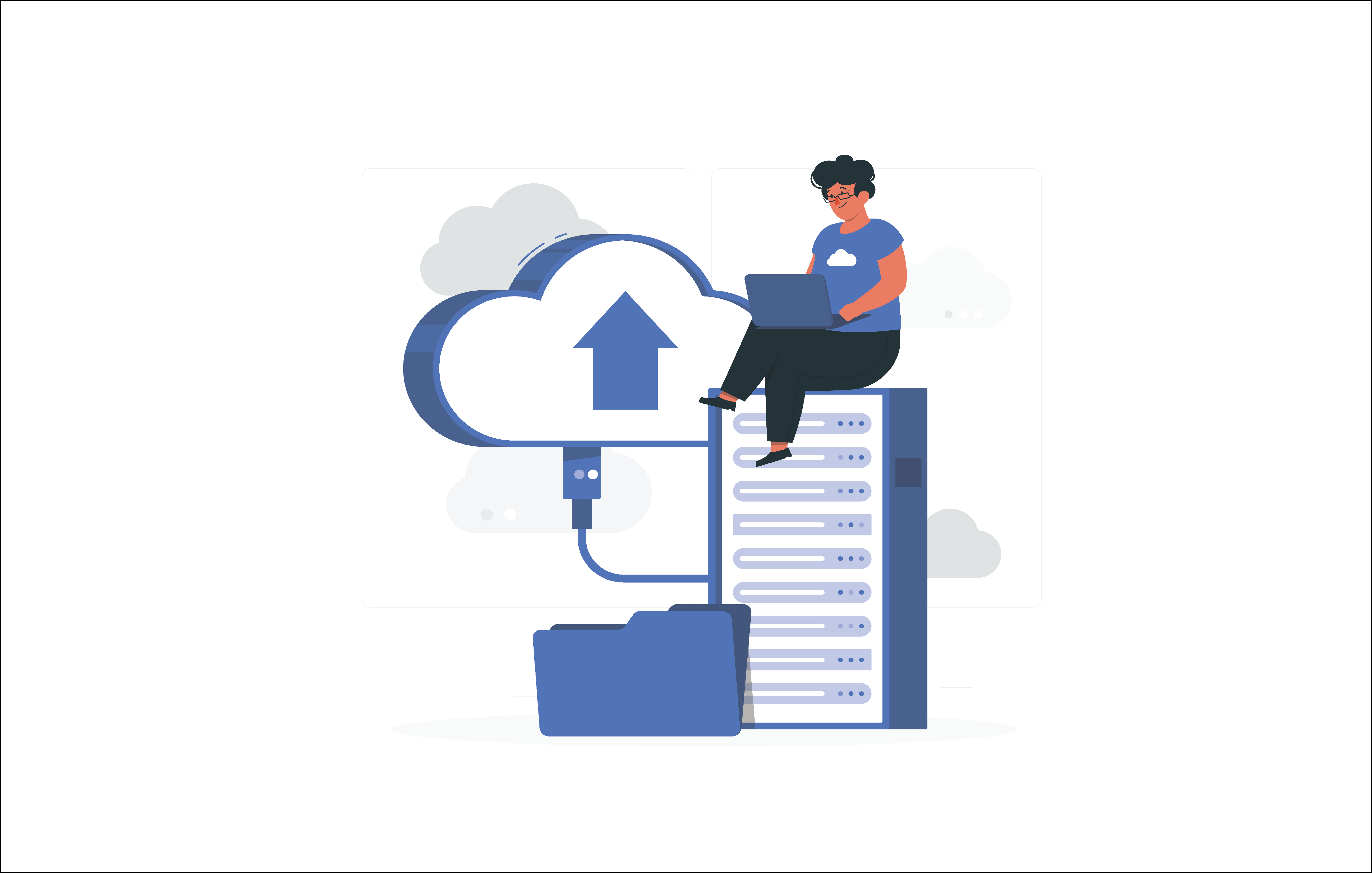In the last few years, a majority of IT organizations have invested in legacy system modernization to enhance business operations. This helps them reorient their strategies, improve customer retention rates and speed up time-to-market. However, according to a survey, 62% of IT leaders said that integration of legacy systems is their biggest challenge, while 61% mentioned that they faced significant roadblocks in understanding the new technology associated with modernization.
Using Salesforce to modernize legacy systems can help businesses fastrack their digital transformation journeys through a streamlined and economical approach. But to utilize Salesforce effectively, it must be integrated with in-house workflows and applications. Salesforce can be integrated in a variety of ways like batch integration, real-time integration, and real-time mashups. Apps from the Salesforce AppExchange store can also be leveraged to integrate Salesforce into a legacy setup.
What are the benefits of integrating Salesforce with external legacy systems?
What makes Salesforce the #1 CRM is the 360° customer view that enhances both customer (CX) and employee experience (EX). The easy, anytime, anywhere access to information helps support teams cater to customer queries and issues in real-time and close them at much faster speeds. This not only improves customer satisfaction but enhances employee productivity as well. With faster response to customer demands, employees have more time at hand to cater to other projects and needs that contribute to revenue growth.
Data is wealth in today’s world. Whether it’s collection, analysis, or storage, Salesforce handles it all securely. Salesforce essential becomes the CPU of an organization and data management gets automated, reducing manual, error-prone data entry. This also enhances EX as it reduces manual effort on mundane and repetitive tasks, increasing workforce efficiency.
With seamless, consistent, and accurate data input, teams can engage better with customers while marketing can leverage data to run more focused campaigns that maximize ROI. Better access to data can enhance enterprise strategy and execution as well by empowering data-driven decision making.
Integrating Salesforce with legacy systems helps enterprises unlock huge volumes of valuable data and automated data integration enhances efficiency as well as profitability. It is not just data availability, but access to data in a consumable format that enables teams to derive actionable insights.
Today, there is a phenomenal increase in the number of devices resulting in massive data explosion. In the era of cloud computing, there is a need to integrate legacy systems to utilize the data generated by IoT, microservices and more. Integrations are also more cost effective as ppgrading old software instead of building a new application or software is faster, does not require customizations, and is more economical.
What are the key challenges faced in legacy system integration with Salesforce
With an array of benefits that can help enterprises fuel growth, productivity, and customer satisfaction, Salesforce integrations are definitely a smart investment. However, integrating Salesforce with legacy systems does pose certain challenges.
Legacy systems may be built using a technology stack that is very different from Salesforce. In such cases, integrating Salesforce would mean customizing the system infrastructure that could be a very lengthy and expensive process. For some enterprises it could mean integrating Salesforce with several applications or the entire enterprise infrastructure making it a very complex and time consuming transition as each app could require a unique approach.
Analysis of legacy APIs is another factor as various elements like its type, data interaction formats, and authentication methodologies need to be taken into account. In many cases, this would mean the entire API of the legacy systems undergoes a change. Additionally, there could be API security compliance concerns that arise as well.
A key aspect to successful Salesforce adoption is the post-integration phase. It is important for enterprises to provide the right training and documentation to ensure teams take full advantage of the CRM tool, avoid all manual data entries, and reap all the benefits that Salesforce provides.
Conclusion
While Salesforce integration with legacy systems might be a great idea that can immensely benefit enterprises, there are a lot of factors that need to be taken into consideration and analyzed. Kasmo’s certified Salesforce experts enable successful implementation of the CRM platform through in-depth analysis and recommendations tailored to suit legacy system needs. Get in touch with us for more.

